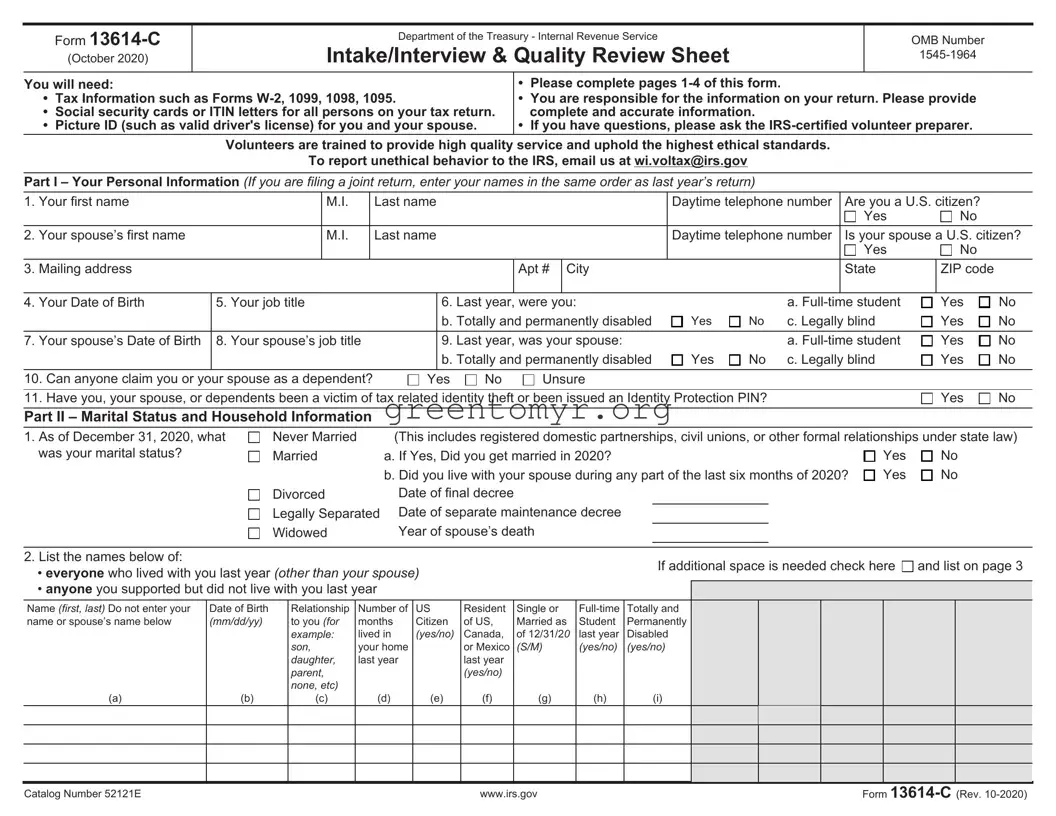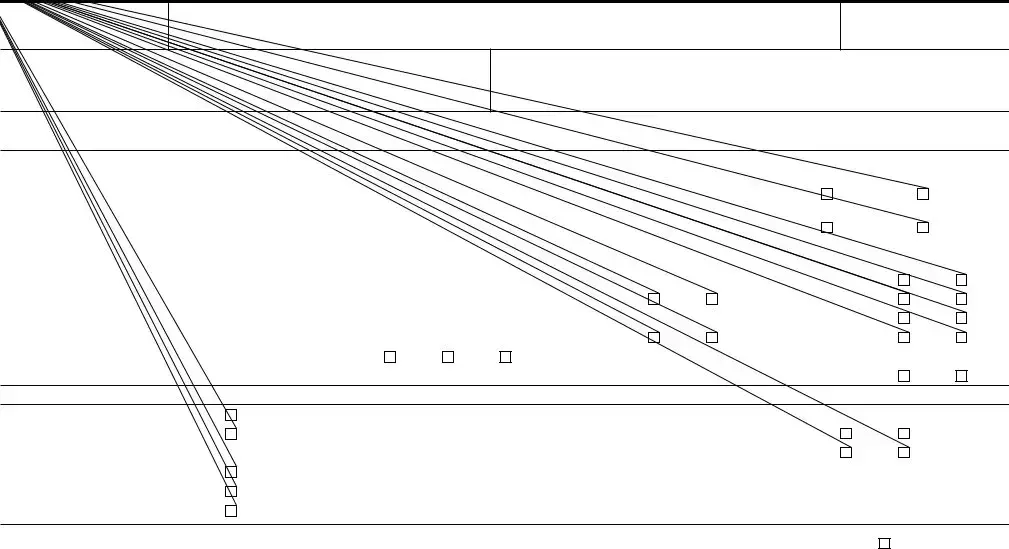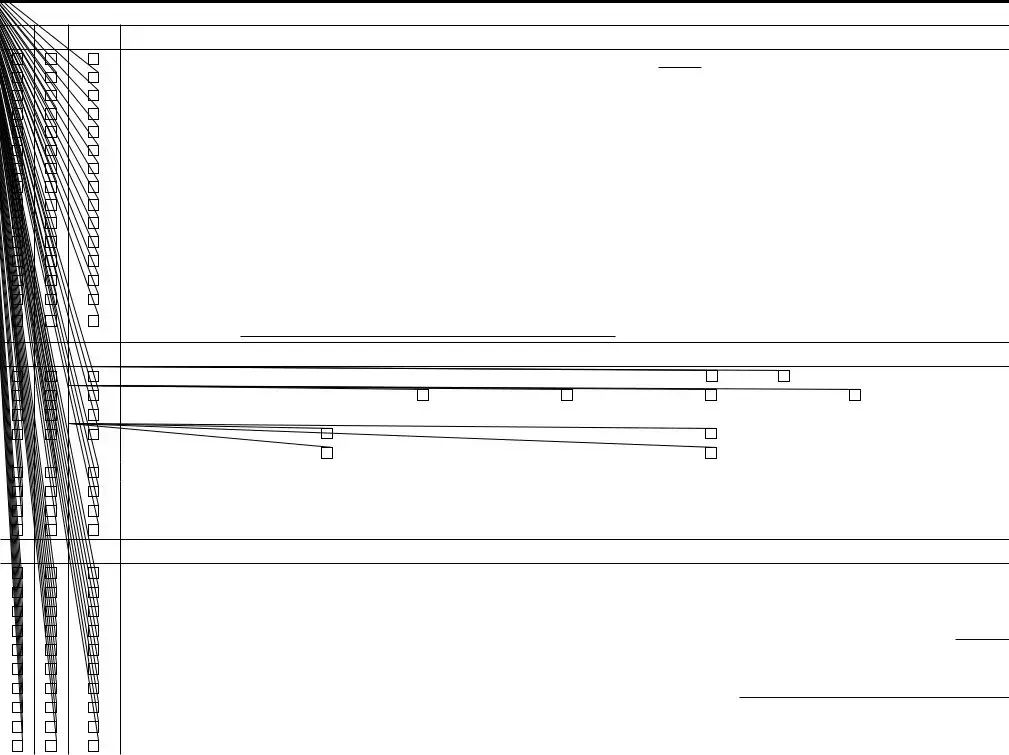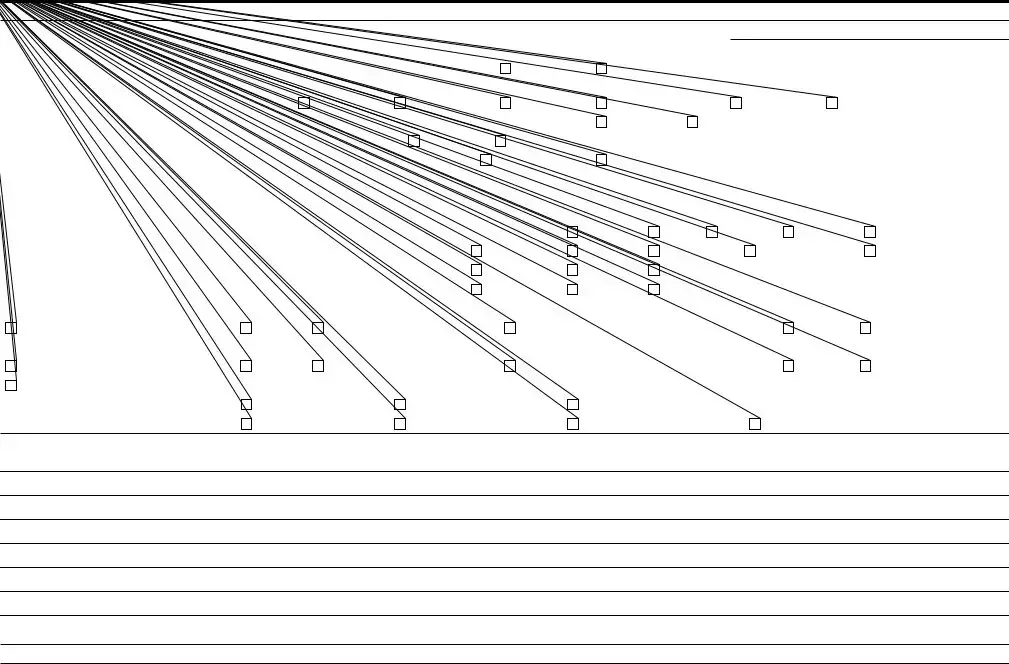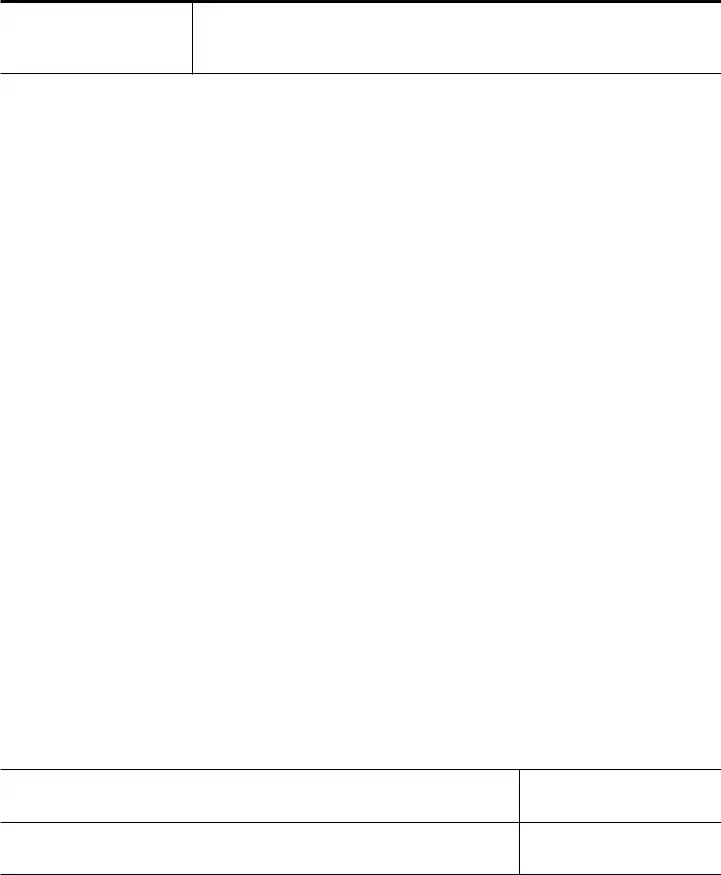Page 2
Check appropriate box for each question in each section
Yes No Unsure Part III – Income – Last Year, Did You (or Your Spouse) Receive
1.(B) Wages or Salary? (Form W-2) If yes, how many jobs did you have last year?
2.(A) Tip Income?
3.(B) Scholarships? (Forms W-2, 1098-T)
4.(B) Interest/Dividends from: checking/savings accounts, bonds, CDs, brokerage? (Forms 1099-INT, 1099-DIV)
5.(B) Refund of state/local income taxes? (Form 1099-G)
6.(B) Alimony income or separate maintenance payments?
7.(A) Self-Employment income? (Form 1099-MISC, 1099-NEC, cash, virtual currency, or other property or services)
8.(A) Cash/check/virtual currency payments, or other property or services for any work performed not reported on Forms W-2 or 1099?
9.(A) Income (or loss) from the sale or exchange of Stocks, Bonds, Virtual Currency or Real Estate? (including your home) (Forms 1099-S,1099-B)
10. (B) Disability income? (such as payments from insurance, or workers compensation) (Forms 1099-R, W-2)
11. (A) Retirement income or payments from Pensions. Annuities, and or IRA? (Form 1099-R)
12. (B) Unemployment Compensation? (Form 1099G)
13. (B) Social Security or Railroad Retirement Benefits? (Forms SSA-1099, RRB-1099)
14. (M) Income (or loss) from Rental Property?
15.(B) Other income? (gambling, lottery, prizes, awards, jury duty, virtual currency, Sch K-1, royalties, foreign income, other property or services, etc.) Specify
Yes No Unsure Part IV – Expenses – Last Year, Did You (or Your Spouse) Pay
|
|
|
|
|
|
|
|
1. |
(B) Alimony or separate maintenance payments? |
If yes, do you have the recipient’s SSN? |
Yes |
No |
|
2. |
Contributions to a retirement account? |
IRA (A) |
401K (B) |
Roth IRA (B) |
Other |
3. |
(B) College or post secondary educational expenses for yourself, spouse or dependents? (Form 1098-T) |
|
|
4. |
Any of the following? |
(A) Medical & Dental (including insurance premiums) |
(A) Mortgage Interest (Form 1098) |
|
|
(A) Taxes (State, Real Estate, Personal Property, Sales) |
(B) Charitable Contributions |
5.(B) Child or dependent care expenses such as daycare?
6.(B) For supplies used as an eligible educator such as a teacher, teacher’s aide, counselor, etc.?
7.(A) Expenses related to self-employment income or any other income you received?
8.(B) Student loan interest? (Form 1098-E)
Yes No Unsure Part V – Life Events – Last Year, Did You (or Your Spouse)
1.(A) Have a Health Savings Account? (Forms 5498-SA, 1099-SA, W-2 with code W in box 12)
2.(A) Have credit card or mortgage debt cancelled/forgiven by a lender or have a home foreclosure? (Forms 1099-C, 1099-A)
3.(A) Adopt a child?
4.(B) Have Earned Income Credit, Child Tax Credit or American Opportunity Credit disallowed in a prior year? If yes, for which tax year?
5.(A) Purchase and install energy-efficient home items? (such as windows, furnace, insulation, etc.)
6.(A) Receive the First Time Homebuyers Credit in 2008?
7.(B) Make estimated tax payments or apply last year’s refund to this year’s tax? If so how much?
8.(A) File a federal return last year containing a “capital loss carryover” on Form 1040 Schedule D?
9.(A) Have health coverage through the Marketplace (Exchange)? [Provide Form 1095-A]
10. (B) Receive an Economic Impact Payment (stimulus) in 2020?
